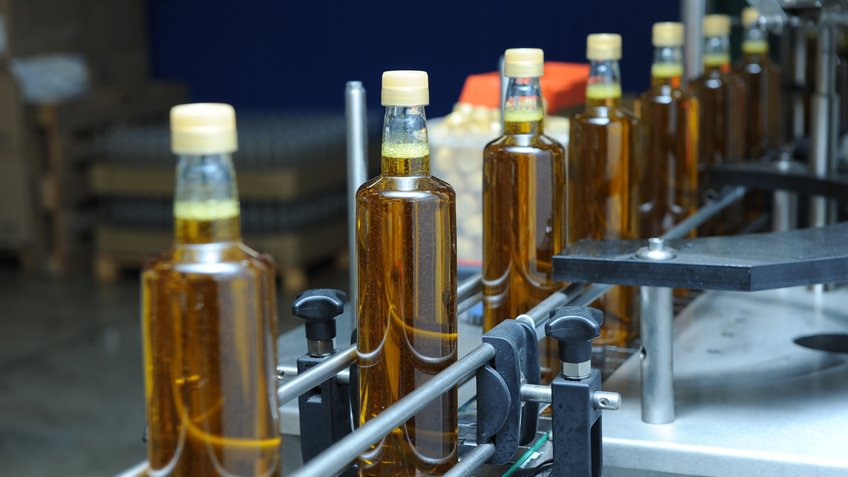Recommended For You
How many times have you heard yourself or someone else say: “There simply aren't enough hours in the day” or “time waits for no one”?
We all know what it feels like being up against the clock, but what if you could get time back on your side?
We haven't found a way of getting more hours into a day or having time stand still when we need it to, and despite many successful years of developing Retro-Encabulator technology, the Rockwell Automation R&D department has not perfected a time machine.
So how can manufacturers get some time back?
It is well understood in CPG that flexibility and agility are attributes of superior integration.
Those at the forefront of line integration implementation for the CPG industry are getting new products to market in as little as half the time they were able to before integrating their lines and can be benefitting from a huge decrease in downtime attributed to cycle changes and unscheduled downtime due to failures. This also allows them to be more flexible and responsive to consumer demands for variant flavours, special editions, new packaging and all manner of product specifications.
The sheer variety of functions required by packaging machines means that they have been supplied by a vast range of machine builders to perform their various functions; filling, case making, wrapping, labelling, palletising in various flavors of performance vs. cost.. While the increased adoption of machines onto the ISA-88 and Packaging Machine Language PackML practices has improved the ease of integration, it has not solved the ever present level of disparity even when standards are applied. The game changer is in the use of public interfaces that can completely normalize these disparities for a specific line integration solution.
Now, rather than those machines needing customised integration work and extensive coding for all integration into new lines, the standardised format allows supervisory systems to monitor and control all of the machines regardless of the OEM or specific programmer, in a connected, configurable, and repeatable format. This opens up visibility of the throughput of the individual machines as well as a centralised view of how the overall line is performing.
That saves the OEM or system integrator plant engineering, and management time. It also helps the end user to be more agile and responsive to consumer needs – again, by being efficient with time. While good integration can be acheived without this type of machine interfacing, reducing the time, cost, and variability of line startups and vertical integration is not fully realized without it. Having good line control and performance management capabilities working early in the line startup process has the biggest impact on the return time of the capital investment. This, in turn, enables more continuous improvement and capital project investments to happen sooner.
Manufacturing that relies on traditional integration where line control and performance monitoring are completely separate efforts live in the world of lost time. Without having these two capabilities tightly integrated, it is hard to know the root cause of problems in real time. A sophisticated report that is delivered well after the fact is too late. Again, timely information at the fingers of the operators running the line provides the best results. The longer these problems linger, the more the potential costs of spoiled or scrap product resulting from the failures.
Many of the associated costs can be avoided with a system that can communicate to the operator where the failure is, as well as communicate directly to other machines in the process to react as needed, whether that is to slow, to stop or to continue as normal in order to balance the line.
Published May 7, 2014


